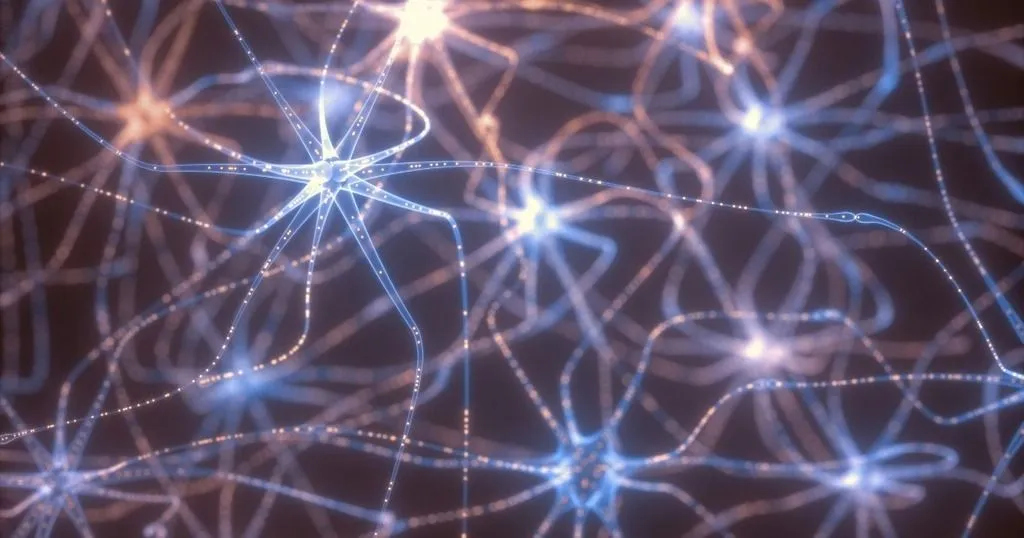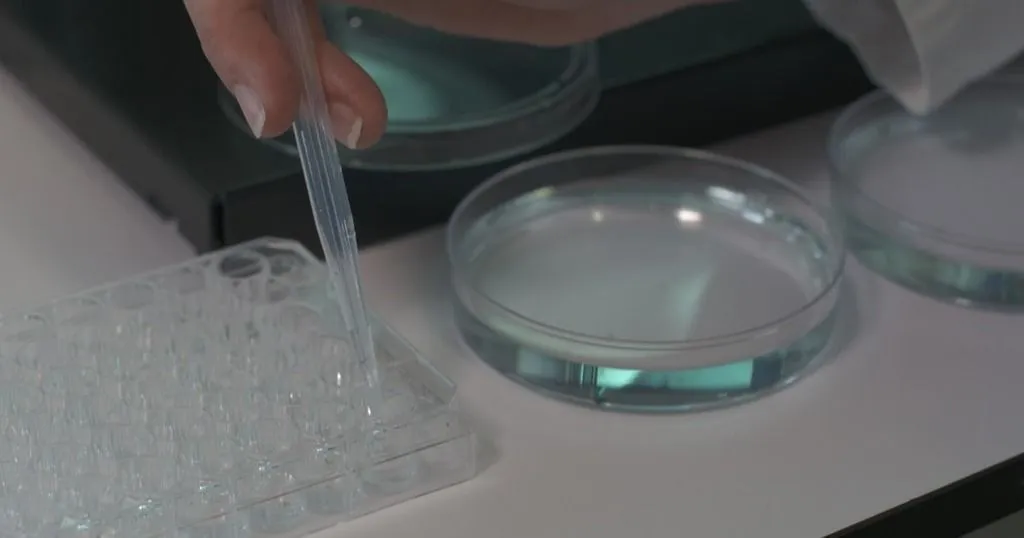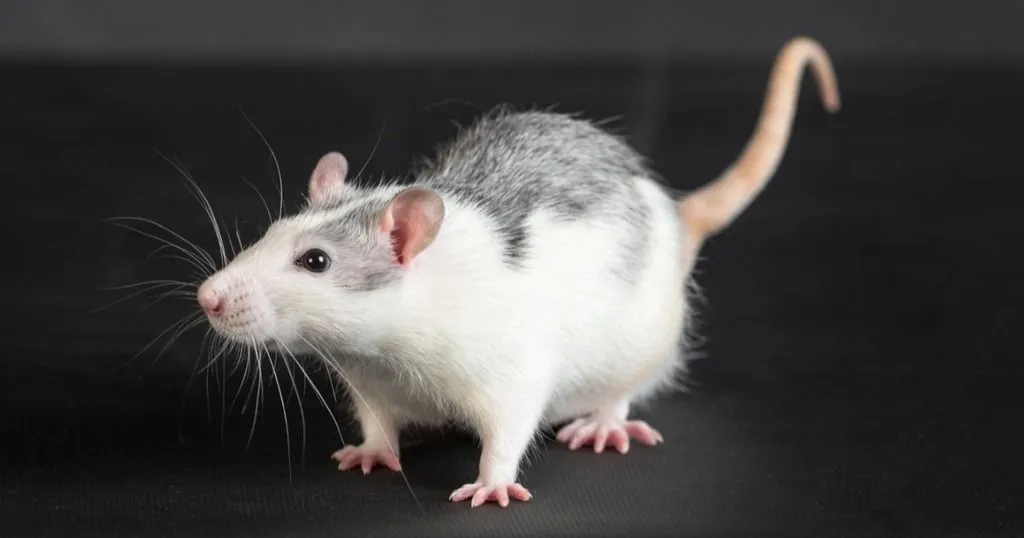Circadian rhythmicity and other behavioral studies

Many labs use video tracking software to increase the efficiency of their research. In fact, EthoVision XT video tracking software has just reached an impressive milestone: 2000 sites worldwide.
Posted by
Published on
Tue 09 Jul. 2013
Topics
| Addiction | CatWalk XT | Circadian Rhythmicity | Elevated Plus Maze | EthoVision XT | Metabolic Disorders | Mice | Morris Water Maze | Obesitas | Open Field | Parkinson's Disease | Rats | Sleep Research | Social Behavior Research | Video Tracking |
Many labs use video tracking software to increase the efficiency of their research. In fact, EthoVision XT video tracking software has just reached an impressive milestone: 2000 sites worldwide. I spoke with Dr. Ilia Karatsoreos, who placed the order, and found out that he was helping to furnish a completely new facility at the Washington State University, and does some very interesting research. (Image courtesy of Lara Swimmer Photography.)
Integrative and neuroscience based work
Dr. Karatsoreos is part of the Department of Integrative Physiology and Neuroscience, and they just moved into a new, state-of-the-art facility in Pullman, Washington. The department itself also just got a name change to “align our identity with the current work that is going on in the department. The work of the labs here is quite clearly ‘integrative’ and neuroscience based”, he tells me.
Core lab
The department is furnishing a core lab to facilitate the works of several labs. Dr. Karatsoreos explains a bit about the work of some of his colleagues: “Dr. Joseph Harding's lab studies neurodegenerative disorders such as Parkinson's Disease, and are working on developing new therapeutics to reverse the damage caused by this and other age related neurodegenerative disorders. His lab does cognitive tasks such as the water maze, and the Barnes maze, as well as gait analysis and motor control tasks to determine the broad effects of the diseases and their treatments. His lab is very excited about the automated gait analysis provided by CatWalk XT.”
A wide range of studies
“The lab of Dr. Suzanne Appleyard is interested in how parts of the feeding and energy balance circuits regulate other motivated behaviors. Dr. Jun Xu's lab is interested in how various genes, particularly sex linked genes, that contribute to mental retardation affect both behavior of the whole animal in terms of social behaviors, anxiety, and aggression, as well as how neural tissues develop in vitro and in vivo.”
Circadian rhythmicity
The research of Dr. Karatsoreos focuses on circadian rhythmicity and how disturbances in this rhythmicity can cause mental and physical health problems. He will be making regular use of the water maze, elevated plus maze, and open fields, in combination with EthoVision XT video tracking software.
“My research asks the fundamental questions of ‘what are the functions of clocks in the brain and the body, how do they help maintain optimal function and good health, and how to they contribute to mental and physical disorders when they malfunction?’"
Link between distrupted rhythmicity and disorders
As Dr. Karatsoreos explained to me, in the world of today, we seem to have broken the link between our internal biological clock and that of the external light-dark cycle. In the last decades, we have been more and more exposed to electric lights, television, computers, tablets, and so on. We have even introduced a work cycle around the clock. Along with this, you can see a dramatic increase in obesity and metabolic disorders.
“There are links between altered sleep, poor sleep quality, and disrupted circadian rhythms in numerous neuropsychiatric disorders, from Alzheimer's to Huntington's to depression, and even in Post-Traumatic Stress Disorder. Part of my work is based on the hypothesis that disrupted clocks are not merely a symptom of these disorders, but may be a precipitating cause as they decrease an individual's resilience to stressors in the environment.”
Promise in basic research
So how does his research on circadian rhythmicity translate to and from animal research? Dr. Karatsoreos explains that they are still in the early stages of understanding the similarities between the effects seen in experimental animals and humans. But our circadian clocks have been highly conserved between species over millions of years, so there is great promise in basic research. As links are already found between altered rhythms of ‘clock genes’ and shift work, obesity, and psychiatric disorders in humans, a two-front approach will help uncover potential treatments sooner.
Read more
- For more information on Noldus’ solutions for animal behavior research, click here.
Related Posts

Calcium imaging and measuring behavior

Does well plate size matter? A methodological study in zebrafish

